
Introduction
The development trend of Pipeline Pigs is to adapt to the requirements of long-distance station distance pigging. And the requirements of pig bowl configuration, bowl strength, and transmitter quality are higher. Taking the natural gas Pipeline as an example, the total length of the pipeline is 1833 km, the pipe diameter is 1067 mm, the design pressure is 9.81 MPa, the design transmission capacity is 300×108 m3/a, and the spacing of pigging stations is 201 km and 250 km respectively. Install a tracking device promptly when a blockage occurs to find and locate its position.
The main technical parameters were as follows: the supporting cup and the dish cup were made of polyurethane material with Shore hardness of 85HA and 80HA respectively; The working pressure of the pig is greater than 12 MPa, the temperature range is -30~100°C, and the interference quantity is 3%. The mass of the pig is 0.6t, the minimum pressure difference in the pipeline is 0.2MPa, and the longest distance of sustainable operation is greater than 300km. Can pass through the minimum bend radius of 3D (D is the pipe diameter) and the maximum deformation of the pipe diameter does not exceed 25%. Once a blockage occurs, install a tracking device to find and locate its position promptly.
If you need any Pipeline Pigs, feel free to contact us!
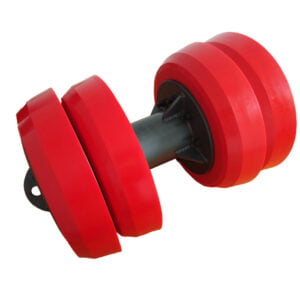
Pig Selection Basis
Pig selection is a multi-objective, multi-factor decision-making problem, mainly to determine the mechanical strength of the pig, wear resistance, adsorption, reactivity of the transport medium in the pipeline, and the passage capacity, as follows:
1) Pigging target. Whether the pipe is cleaned of liquid or solid impurity, predict the amount of impurity. If more sediment impurities are expected. The gas pipeline can choose a pig with a discharge hole. The sand can be blown up through the gas body of the discharge hole to avoid blockage.
2) Pipeline life cycle stage. The new pipeline is clean residue, preliminary measurement, pressure test, drying, and trial operation. The running pipe is to clean up wax deposits and dirt, isolate the medium, and inhibit corrosion. Decommissioning of pipelines is the process of medium removal and inert gas filling.
3) Determine the driving medium (oil, water, gas) characteristics of the pigging.
4) Pig interference quantity. Consider the minimum bending radius and bending Angle of the pipe, the minimum and maximum inner diameter, the connection of the branch pipe, the elevation change along the line, and the type, position and size of the valve/tee/elbow along the line.
5) Pigging process. The range of driving pressure values provided by the pipe (maximum allowable operating pressure of the pipe, pipe operating pressure, temperature parameter change), as well as the range of possible speed values for pig operation and the maximum distance the pig needs to run.
6) Size of steel brush and scraper for pig installation. According to the thickness of the wax deposits in the pipeline and the range of driving force, comprehensive consideration.
7) The mechanical strength, wear resistance, and reactivity of the pig in contact with the medium in the pipeline.

Importance of Pipeline Cleaning
Oil and gas pipeline cleaning is not only the need for technical maintenance but also the requirements of laws and regulations. It is important to ensure energy supply, improve safety, extend pipeline life, and comply with laws and regulations.
Oil and gas pipeline cleaning plays a pivotal role in the industry for various critical reasons. Firstly, it enhances operational efficiency by eliminating debris, buildup, and obstructions, thereby ensuring optimal flow rates and reducing energy consumption significantly. Moreover, this process contributes to safety measures by mitigating the risks of corrosion, leaks, accidents, and environmental harm. It safeguards both infrastructure integrity and environmental well-being.
Pipeline cleaning boosts infrastructure longevity by preventing corrosion, and extending pipeline lifespan. Regular cleaning enables easier maintenance and early issue detection. Compliance ensures safe, efficient operations in oil and gas.
Role of Pig
Pigs are crucial in the oil industry for various functions. Understanding their types and principles aids in practical engineering applications. Intelligent pigs, utilizing eddy current, ultrasonic, and magnetic flux leakage technologies, are common but complex, limiting their widespread use.
The running speed of the pig determines the running time of the pig and the pigging effect. In turn, it depends on the pressure drop at both ends of the pig. Therefore, in the pigging operation, reducing the resistance of the pig and achieving a good cleaning and sealing effect is an important content to improve the pigging efficiency.
The service life of gas pipelines largely depends on the cleanliness of the inner wall and interior of the pipelines. Substances harmful to temperament and pipelines: such as condensate, water, sulfur content, mechanical impurities, etc., cause corrosion of the inner wall of the pipeline after entering the gas pipeline, increase the wall roughness, and the accumulation of a large number of water and corrosion products will also locally block and reduce the flow section of the pipeline. After the pipeline water pressure test, it is difficult to drain the water completely by simply using the pipeline height difference opening.


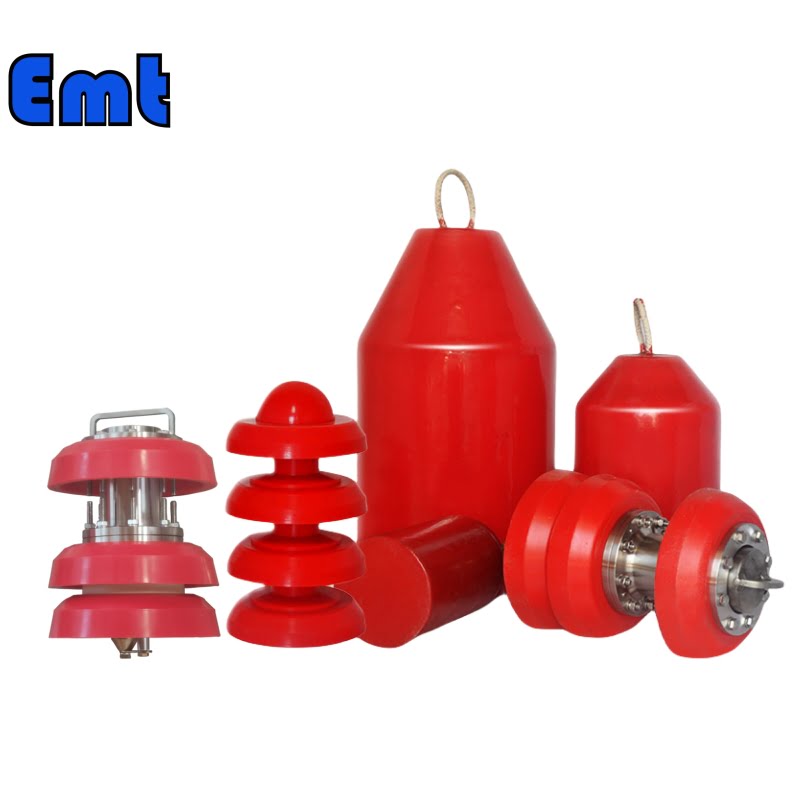
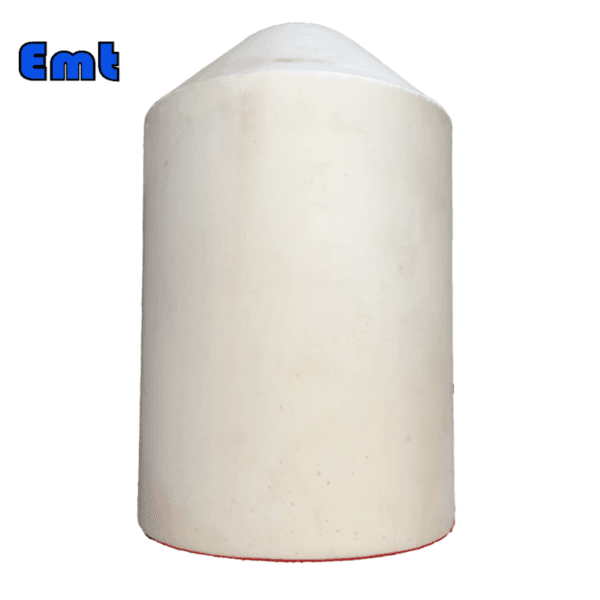
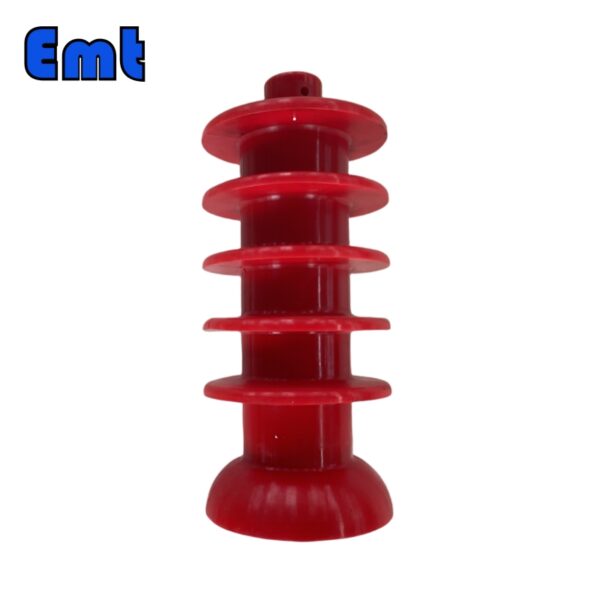
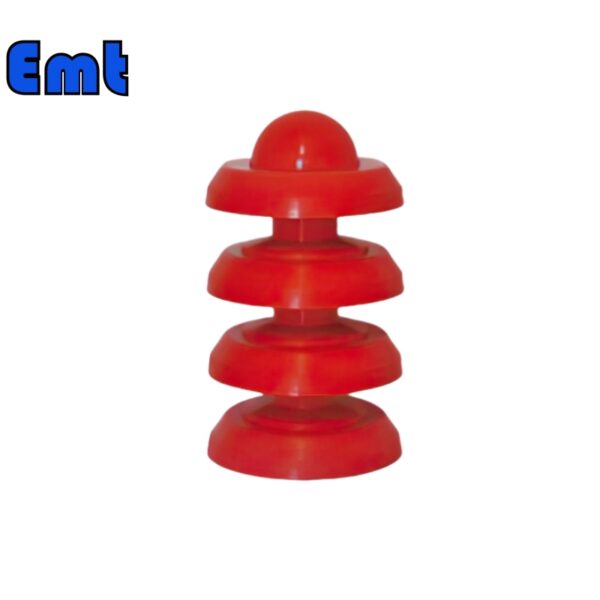
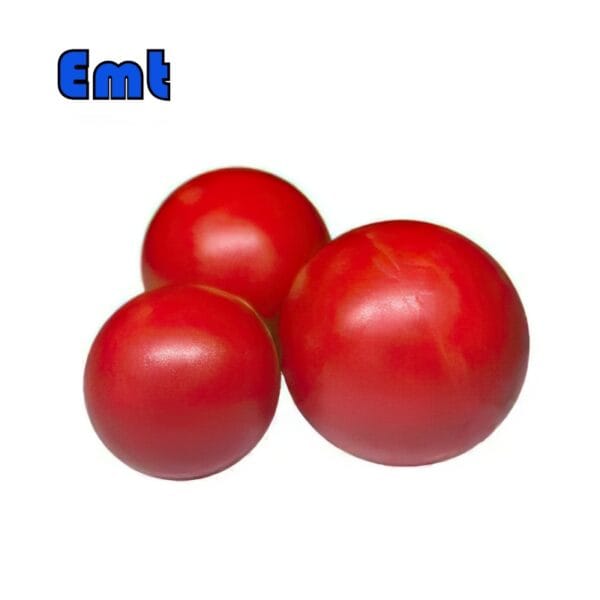
There are no reviews yet.